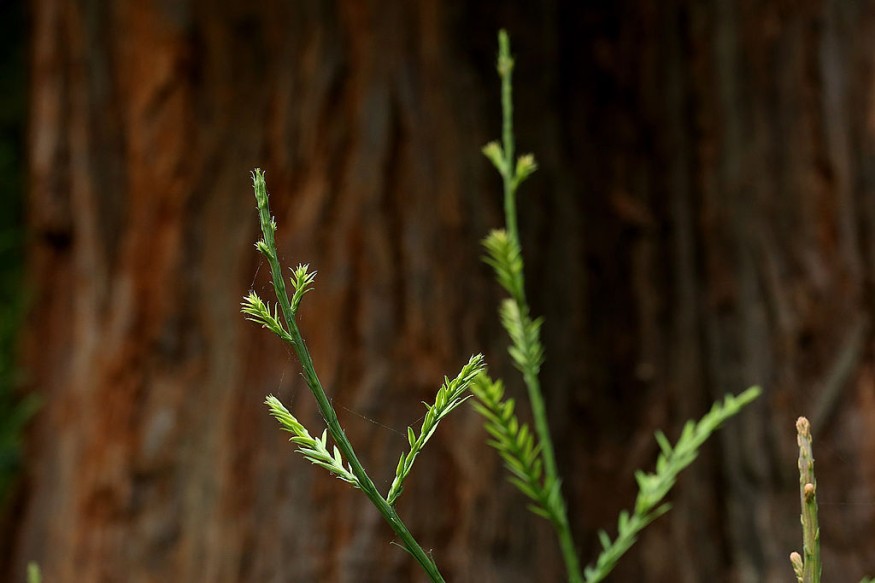Following a devastating 2020 wildfire in California's Big Basin Redwood State Park, the renowned trees initially seemed doomed. However, a remarkable occurrence unfolded as small sprouts emerged from the scorched remnants.
A recent study, titled "Old Reserves and Ancient Buds Fuel Regrowth of Coast Redwood after Catastrophic Fire" published in Nature Plants, reveals the trees' revival mechanism: drawing upon ancient carbon reserves and bud tissues formed centuries ago.

Resilient Redwoods Started Sprouting 2,000-Year-Old Buds After the Wildfire
When wildfires ignited in California's Big Basin Redwoods State Park in August 2020, the towering redwoods faced a significant threat as flames reached their canopies over 300 feet tall. Initially thought to be on the brink of death, many trees defied expectations, demonstrating resilience.
The wildfires left some of the oldest trees in Big Basin badly burned, revealing the age of their energy reserves. Researchers studying severely burned old-growth redwoods discovered some buds that are 2,000 years old.
Coastal redwoods typically experience mild fires every decade, and their fire resistance is attributed to thick bark containing fire-resistant tannic acids. However, in the 2020 fires, even the uppermost branches burned, compromising their ability to photosynthesize.
While giant sequoias can live for up to 3,000 years, a significant percentage fell victim to the Castle Fire in 2020, emphasizing the broader impact of wildfires on diverse tree species.
Ancient Carbon Reserves Fuel California Redwoods' Survival Amid Fires and Challenges
Trees convert atmospheric carbon dioxide into oxygen and sugars through the process of photosynthesis and use this energy for growth and storing the excess for later use. This capacity becomes particularly vital for trees facing challenges such as droughts or fires that can damage their foliage and impede the photosynthetic process.
Drew Peltier, the lead author of the study, and his team investigated the new growth from burnt California redwood trees, revealing a fascinating utilization of ancient carbon reserves dating back 50 to 100 years.
The study shed light on California redwoods' survival strategy. The burned trees, despite losing their needles, tapped into long-held energy reserves, utilizing sugars produced from sunlight decades ago. This energy was redirected to dormant buds beneath the bark, challenging previous notions about tree growth.
By employing radiocarbon dating, which relies on carbon-14 isotopes resulting from nuclear bomb testing in the 1960s, the researchers estimated the age of carbon reserves that support the emergence of new sprouts.
The simulation generated from this study suggested that some of the carbon utilized for new growth had been photosynthesized over 50 years ago, originating from dormant buds hidden deep within the burnt redwoods. These ancient buds likely formed during the trees' sapling stage, which could be as long as 2,000 years ago for some of the massive redwoods.
While uncertainties prevailed about the redwoods' ability to survive severe forest fires, this study underscores their remarkable resilience, contributing valuable insights into how trees, including giant sequoias, serve as crucial carbon sinks.
Ongoing research seeks to delve into carbon storage mechanisms across various tree species, providing essential knowledge for understanding their role in local and global carbon dynamics.
RELATED ARTICLE:
California Wildfires Worsen Thanks to Gender Reveal Party
Check out more news and information on Trees in Science Times.












